Conversation time
This article is part 2. It covers later stages of speech development.
Part 1 can be found here. It covers early stages of speech development.
In Part 1 we reviewed early stages of speech development, including eye contact, blowing saliva bubbles, mouthing and making sounds.
Part 2 is for individuals who have shown that can either:
- Put sounds together (ma-ma, da-da, etc.)
- Say individual words
- Put words together
- Formulate sentences (whether echolalic or spontaneous)
In part 1 we reviewed the early phases of speech development and recommended ways to help promote development from one stage to another.
We will do the same here.
7. Mama and Dada
Age 8 to 12 months in a typical infant
Parents love hearing their baby’s first organized sound patterns: “da da” or “ma ma.” The first eight consonants (Early-8) children typically produce successfully are m, b, p, d, j, n, w, h. [24]
We naturally start to spend more time over the crib and face-to-face exchanging sounds back and forth and prompting baby to say words we want to hear. This interaction encourages the production of more canonical syllables, stimulates baby’s imagination, and encourages baby’s desire to communicate with others.
Even though they may seem unrelated at first, each step builds on those preceding it. Watch for the signs and keep up hope, behaviors you may not have paid much attention to could be indicators that your child wants to communicate with you and their brain is building the foundation for them to do so.
We have observed that children and teenagers who start Mendability’s online autism therapy while they are repeatedly playing their saliva, putting objects in their mouths, or biting tend to get on track with speech development from that stage onwards. It’s never too late.
Speak and read to them with a sensory input
If you cannot enroll in Sensory Enrichment Therapy, here are a few things you can try to encourage the formation of coherent sounds, leading up to the first real word. By real, we mean words that we understand. For them, they have been talking already. It’s just that we don’t understand their words.
Read books and Speak to them
Sit down and spend quiet reading time with him. Read with expression, use different voices, act out the feelings expressed in the story. Make eye contact, but don’t demand it. Make it a relaxed and stress-free experience for him. We speak about this in more detail further.
Besides reading with expression, consider speaking to her about topics that interest her and asking open-ended questions about that. Give her enough time to process and formulate an answer. If nothing happens, don’t worry about it and continue with the exercise for a few minutes. Praise any effort. Don’t put too much pressure on her to “perform.” We speak about this in more detail further.
Teach words with sensory inputs
A 3rd activity that you can safely try with your person who is just starting to talk is to teach him words in combination with sensory input.
For example, you can smell an orange and encourage him to repeat the word “orange,” or swipe gently with the rough side of a sponge and encourage him to repeat the word “rough.”
By associating abstract concepts with real sensory experiences, you help him develop a method to retrieve these concepts and words when appropriate [25].
Remember that the sense of touch and the sense of smell are the most important sensory systems when it comes to influencing brain development.
8. First word
Age 9 to 18 months in a typical infant
Fine motor, sensory processing and mental image
By this point your person has developed and refined several brain functions. The most obvious is control of fine motor around the mouth to move all the part just right and make the right combinations of sounds in rapid succession.
But don’t forget that she also needs to feel every move to give the brain feedback on the quality of the performance. There is a lot of sensory processing going on with touch and also hearing and knowing her own voice.
There is one other brain function that we would like to mention here: mental image. Being able to connect say “bottle” without seeing the actual bottle except in her head is a huge developmental step [26–28].
Any bottleneck at any of these levels and the first word cannot come out.
How to help the first word come out
Hand play
When they are making lots of sounds, you can encourage the development of their fine motor skills around the mouth by encouraging fine motor skills around their fingers. When you look at the map of the sensorimotor cortex you can see that the mouth is located near the fingers. When you create a surge of activity and growth in one area, you can be sure that many of the neighbors are also benefiting from that surge.
Roll play dough snakes
We list a few examples of hand play activities in Part 1, but here is another: Roll play dough snakes (or worms).
Give your person play dough balls to roll between his fingers. By encouraging the separation of fingers, doing it with both hands simultaneously and keeping the other fingers as straight as possible you are encouraging new connections that can be used with a little migration for the refinement of mouth control.
See this article for more details and a video of the instructions.
Exposure to new words
Read books to your person. Sit down for conversations with them (even if they are only one way). Remember that there is more to speaking than “would you like a cookie?”
Auditory processing: music, singing
Listening to music is a great way to help develop healthy auditory processing. Headphones are best, in order to help them focus on the music and ignore other environmental noises.
Mental image and Pick a Boo
Teach them through a game that objects still exist even when you hide them from view. It may feel awkward to play this game with an adult… Share your ideas with us!
9. First 10 words
Age 12 to 24 months in a typical infant
What is happening in the brain
By now, mental image is expanding. The idea that abstract sounds can connect to real objects is consolidating in her mind.
As that concept takes hold in her mind, she can more easily form memories around these concepts. She can more easily learn, store and retrieve new words.
By then neurotypical children have also started to stand and walk. They can more easily access, explore and manipulate their environment, which feeds their curiosity and their need to communicate.
Avoid Saying NO!
If this is your first child, then you are discovering how fragile your house really is. It is important at that stage to not curtail their enthusiasm and curiosity. Also, do you remember the story of the boy who cried wolf? If No is the word you say most often, then it loses its potency when a real threat is imminent.
Lisp vs. Speech impediment
At this point, it makes sense to discuss pronunciation issues.
Is your person struggling with certain vowels? If it’s only one or two sounds (probably “S” and “F”) then it’s probably a lisp that will go away with time.
Speech impediments like dyspraxia don’t go away naturally and require the intervention of a specialist. Speech therapy can help. Sensory Enrichment Therapy can help as well to unlock brain functions struggling to perform by boosting development there.
Stop and listen
One of the best things you can do to promote the development of new words and the combination of words into sentences is to take time to show them that whatever they say is meaningful to you.
Take time to clarify their request. “Are you saying that you would like to go play outside?”
There is a lot of work that goes on to make that word come out. Reward them for the effort. “Oh, I am so glad you told me that you wanted to go play outside! Let’s go put our shoes on!”
10. Combining two words
Age 12 to 24 months in a typical infant
Combining 2 words is a big deal
It is a major step toward conversation.
A 2-word combination is its own word in a way. “More yogurt” describes an understanding of cause and effect. He understands that he gets better results with 2 words than with just one.
Interestingly, by this time, they have also figured out that if they ask and you don’t give, they can just find a way to get it themselves.
Combining two words is not just about using more words, it is about more confidence in interacting with the environment. It shows more curiosity and more independence.
Low motivation?
Usually by this stage, very little can stop little or big people from continuing to improve. Short of strong environmental factors, such as moving to a new house or the birth of a sibling, they will advance on the path of further exploration, further independence, and further communication.
Developmentally, one thing that can slow them down is low motivation. Speech delay and low motivation can be a sign of poor brain chemistry.
How we can help the brain regulate Serotonin and dopamine levels.
Finger and toe massage
The sense of touch, and in particular the skin receptors involved in processing texture, is our favorite tool to prompt the brain to regulate its Serotonin levels.
Have you ever had a massage?
Gentle massage can help your person feel more relaxed. Feeling more relaxed means better Serotonin levels [29].
The massage doesn’t have to be long. 20 seconds for each hand and 20 seconds for each foot adds up to a little over a minute.
They may not love it at first. Many individuals on the autism spectrum have very real tactile dysfunctions. Be respectful, but as you persist they should gradually improve in their tolerance.
I recall a young poorly verbal old autistic boy with severe sensory processing problems that I visited East of Sidney, Australia. After only two weeks of therapy, he would lay on the family couch, remove his socks, lift one leg and, pointing to it said to his mother “Do it!” requesting a foot massage.
Smell
Low motivation is linked to poor dopamine levels [30].
One of the best ways to improve dopamine levels is through the sense of smell.
Find a scent that he will like and find a way to expose him to it in a way where he will have to focus on smelling it. You can apply it to his favorite toy. You can apply it to your shoulder as you give him a hug. You can give him a fragrance vial to smell. It doesn’t matter what the scent is and how he smells it so long as he enjoys it and smells if for a few seconds in a focused way.
11. Formulating sentences
Age 18 to 24 months in a typical infant
It is interesting to note that while the neurotypical baby is praised when he coos, blows raspberries, chews on mom’s hair curler or repeats what dad just said, when a person with autism reaches the same stages, usually at a later age, they don’t always receive the same approval.
Let’s encourage each other to be positive toward any communication attempt! We want our people to feel like communicating in any way is a lovely part of human life. This will motivate them more to learn than anything else.
Echolalia?
Echolalia is an example of a speech development milestone that is underrated.
Echolalia tells us that they can capture and modulate sounds, for example. It also tells us that they like the sound of their voice, which is an important developmental step.
What we may be missing is the emotional connection.
At this point, we recommend that the best thing you can do as a parent/caregiver is to motivate them to join your social circle where speech can be used to receive as well as to give love, acceptance.
If we want them to move from “I want chips” to “I love you mom” we should at least model that in our interaction with them.
What to do
Music
As the child succeeds in the preliminary steps of speech development, we recommend listening to beautiful music to improve auditory processing. Research shows that the simple act of listening to, or even hearing music prompts changes in the brain crucial for verbal communication, such as the improvement of serotonin and dopamine production and function.
Symphonic music is the best choice for this purpose as it provides a range of sounds from various instruments carried on a harmonious melody.
Story reading
In the same way, we have observed that some parents of nonverbal children tend to speak more loudly to their children, we have observed that some parents also give up conversing with their children and generally only speak to transact briefly with them.
We asked some of our parents to write down the words and sentences they say to their child during the course of the day. We received things like:
- What did you do at school today? Did you have fun? Yes?
- Time to eat
- Come and brush your teeth
What happened to…?
- Have you felt lonely today?
- What was your favorite moment?
- Something crazy happened to me today, let me tell you what happened. I was in the kitchen when….
What stories do you read to your nonverbal person?
When I recommended to parents to read Harry Potter to their nonverbal teenager they expressed surprise and bewilderment. “But, he will not understand!” they would say.
Let me tell you that your nonverbal person understands more than you think.
Almost without fail, the families who followed our recommendation commented that their person stayed still while they read.
Read poetry
A recent study found that reading poetry induces a release of Serotonin, a brain hormone essential to learning and mood [31].
Poetry adds rhymes, cadence, emotions to regular stories. Poems have to be read more slowly. That deliberate speed also contributes to increased engagement on the part of the listener.
But what is perhaps the biggest contribution to poetry to the development of speech is that it forces you to speak with emotions you rarely express when engaging with your person and this change helps reset their expectations around language. If it has been years of speech therapy to try to get your person to develop natural conversational skills, they may appreciate a change in strategy.
Conversation time
Children speak as a response to being spoken to.
1. Make it special
Create a special place in the house for this special activity with your person. It can be your bedroom or something as unusual as hiding together behind the living room couch.
2. Do it every day
Make sure to have this conversation ritual daily and away from other activities. Put your phone on “do not disturb.”
3. Use touch
You can hold your person’s hand gently. You can touch their cheek. You can stroke the hair as you start conversation time.
4. Ask open ended questions
Why do you like the color blue?
Why is it so hard for you to fall asleep?
Note: You will have to think about your questions ahead of time so that you can really be present, connect emotionally with your person and truly listen. Also, being prepared allows you to move on to the next question smoothly and avoid awkward moments that may be perceived by your person as a cue to leave.
5. Give your person time to answer
Expect an answer. Praise whatever attempt is made. Ask another question.
6. About 10 minutes
Ideally make it last long enough to make it significant.
How to converse with an echolalic child?
Respond with emotion. If she says “I want to see Barbie,” repeat the sentence and show that you are listening and say something in return.
We don’t expect that anything will happen then. It will happen gradually that they will add more and more meaning to their speech. Don’t stop them, listen and respond to it as though it was meaningful to you.
Add another dimension to your speech interaction with them. Touch gently, make eye contact (even if eye contact is poor), bring in a smell, etc.
Why isn’t she talking yet?
There is no one cause of speech delay. Some possibilities are that children with autism have abnormal lateralization of language processing. Usually, the left hemisphere of the brain is the language center, but individuals with autism have been shown to have significantly more activity in the right hemisphere for language-related tasks. [32,33]
There are also potential genetic factors. One study linked a specific gene mutation in individuals with autism to severe speech delay. Still, others show that individuals with autism have altered white matter in the brain, altered organization in the insular cortex, and differences in the thickness of the cerebral cortex. [34–37]
There is no easy answer and even if there were, it wouldn’t be the same for every child.
The good news is that Mendability’s Sensory Enrichment Therapy offers individual solutions.
Sensory Enrichment Therapy program for speech development
In this article (Part 1 and 2), we gave you a lot of suggestions to move from one developmental step to the next. If you feel that your person needs extra help beyond these suggestions, please consider a program like Enrichment that stimulates brain development.
We can assist you. Send us an email to start a conversation about what can be done.
Max’s Story
Change in the brain is a natural process. It’s less about learning a skill and more about prompting the brain to grow new connections and increase the production of serotonin and dopamine. This is Mendability’s focus: the program guides your child’s brain through this process with exercises individualized to your child for optimum results. This type of growth is comparable to planting a tree that will spend time and energy building strong, but invisible roots before shooting up above ground.
Max, a very late talker’s speech followed this same pattern of slowly building from roots to branches as it blossomed.
Over the course of his therapy, Max displayed each of the seven milestones of natural speech development: playing with his saliva, putting objects in his mouth, even biting (ouch!). He started to vocalize and produce more sounds leading up to various syllables with the consonant d (da, dee, do, etc.). Max soared through two years worth of natural speech development in only three months on the program!
Click here to schedule a free consultation to see whether Mendability Sensory Enrichment Therapy is right for your child.
References
24. Shriberg LD, Austin D, Lewis BA, McSweeny JL, Wilson DL. The Percentage of Consonants Correct (PCC) Metric. Journal of Speech, Language, and Hearing Research. 1997. pp. 708–722. doi:10.1044/jslhr.4004.708
25. Dodson F, Alexander A. Your child: birth to age 6. Fireside; 1986. Available: https://books.google.com/books/about/Your_child.html?hl=&id=xoMoAQAAMAAJ
26. Okada K, Venezia JH, Matchin W, Saberi K, Hickok G. An fMRI Study of Audiovisual Speech Perception Reveals Multisensory Interactions in Auditory Cortex. PLoS One. 2013;8: e68959. doi:10.1371/journal.pone.0068959
27. Calvert GA, Campbell R, Brammer MJ. Evidence from functional magnetic resonance imaging of crossmodal binding in the human heteromodal cortex. Curr Biol. 2000;10: 649–657. doi:10.1016/s0960-9822(00)00513-3
28. Beauchamp MS, Lee KE, Argall BD, Martin A. Integration of auditory and visual information about objects in superior temporal sulcus. Neuron. 2004;41: 809–823. doi:10.1016/s0896-6273(04)00070-4
29. Field T, Hernandez-Reif M, Diego M, Schanberg S, Kuhn C. CORTISOL DECREASES AND SEROTONIN AND DOPAMINE INCREASE FOLLOWING MASSAGE THERAPY. International Journal of Neuroscience. 2005. pp. 1397–1413. doi:10.1080/00207450590956459
30. Adelson R. Dopamine and desire: Knockout mice showcase the neurotransmitter’s role in motivation. PsycEXTRA Dataset. 2005. doi:10.1037/e515442010-016
31. Wassiliwizky E, Koelsch S, Wagner V, Jacobsen T, Menninghaus W. The emotional power of poetry: neural circuitry, psychophysiology and compositional principles. Soc Cogn Affect Neurosci. 2017;12: 1229. doi:10.1093/scan/nsx069
32. Snow CE. The development of conversation between mothers and babies. Journal of Child Language. 1977. doi:10.1017/s0305000900000453
33. Herringshaw AJ, Ammons CJ, DeRamus TP, Kana RK. Hemispheric differences in language processing in autism spectrum disorders: A meta-analysis of neuroimaging studies. Autism Res. 2016;9: 1046–1057. doi:10.1002/aur.1599
34. Manning MA, Cassidy SB, Clericuzio C, Cherry AM, Schwartz S, Hudgins L, et al. Terminal 22q deletion syndrome: a newly recognized cause of speech and language disability in the autism spectrum. Pediatrics. 2004;114: 451–457. Available: https://www.ncbi.nlm.nih.gov/pubmed/15286229
35. Ameis SH, Catani M. Altered white matter connectivity as a neural substrate for social impairment in Autism Spectrum Disorder. Cortex. 2015;62: 158–181. doi:10.1016/j.cortex.2014.10.014
36. Crutcher J, Martin A, Wallace GL. Dissociations in the neural substrates of language and social functioning in autism spectrum disorder. Autism Res. 2018;11: 1175–1186. doi:10.1002/aur.1969
37. Yamada T, Itahashi T, Nakamura M, Watanabe H, Kuroda M, Ohta H, et al. Altered functional organization within the insular cortex in adult males with high-functioning autism spectrum disorder: evidence from connectivity-based parcellation. Mol Autism. 2016;7: 41. doi:10.1186/s13229-016-0106-8

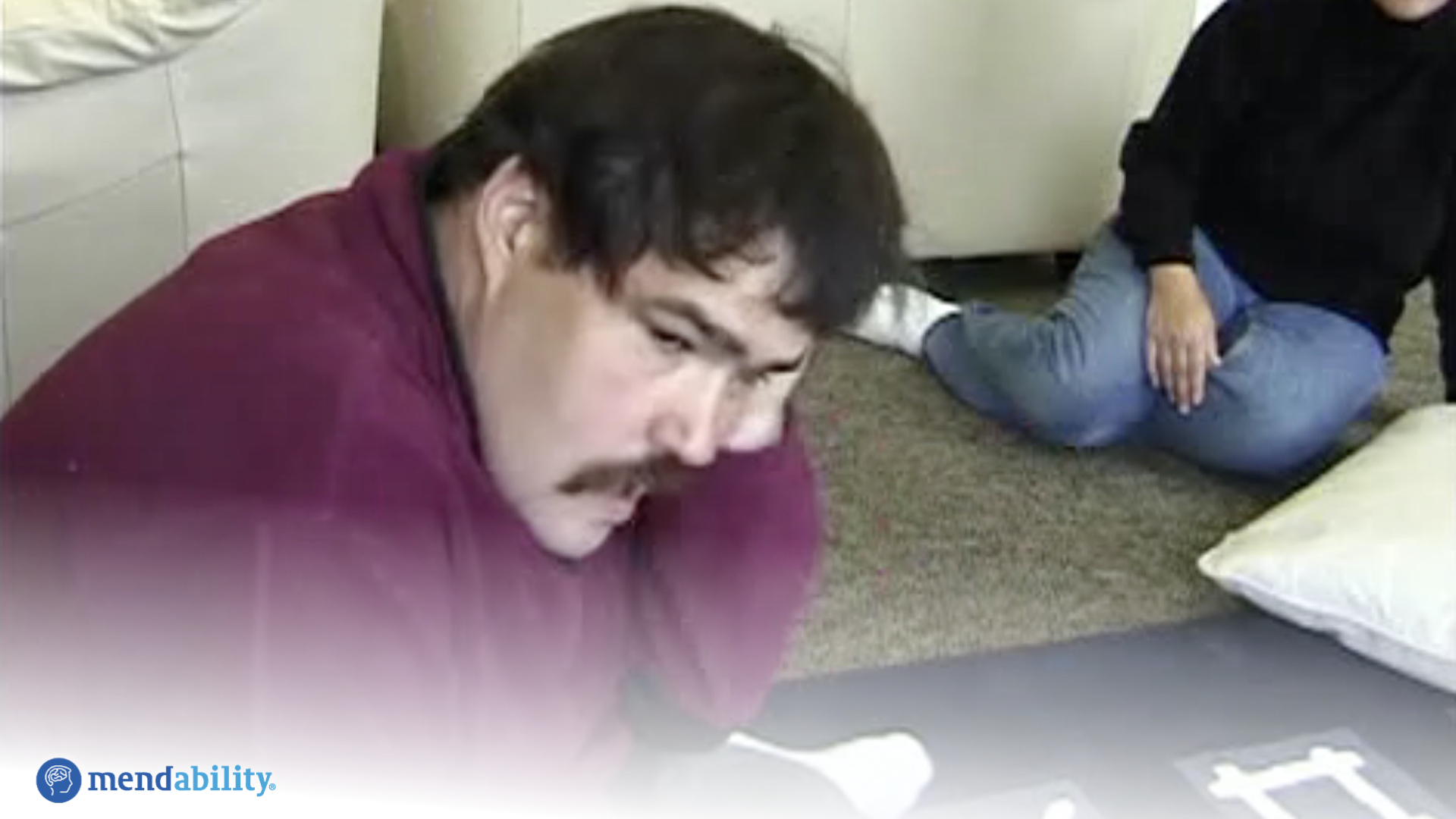


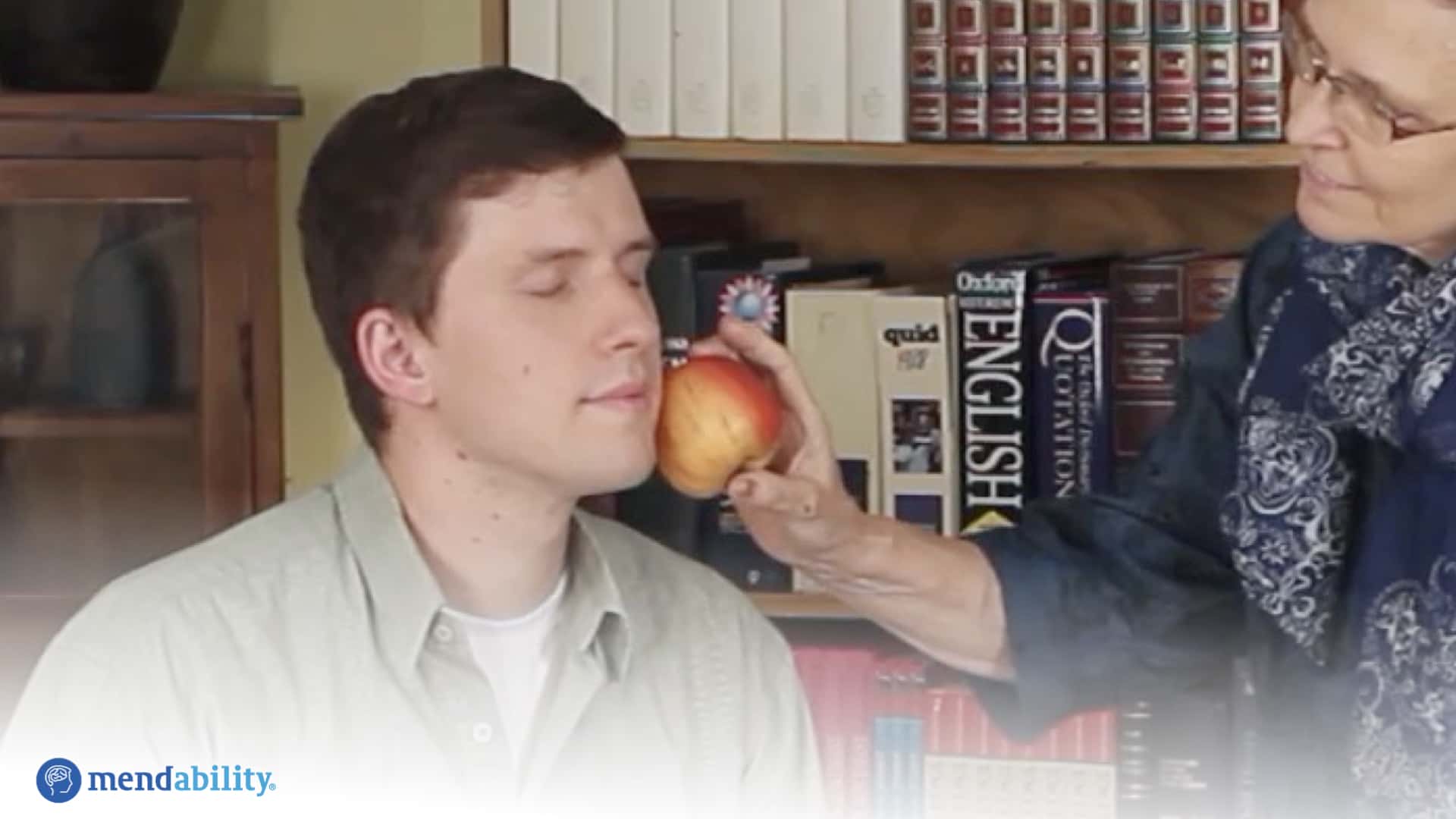
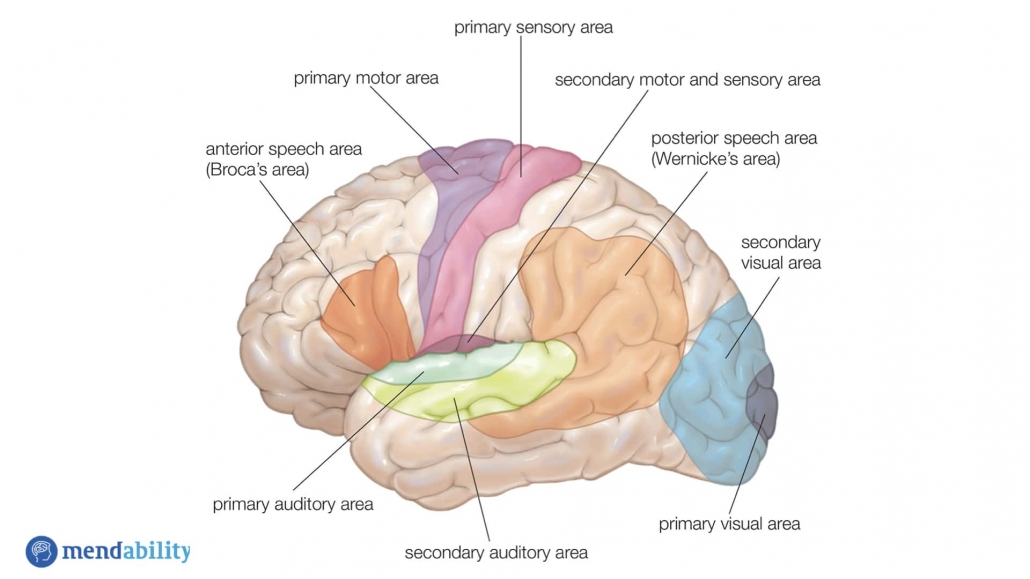
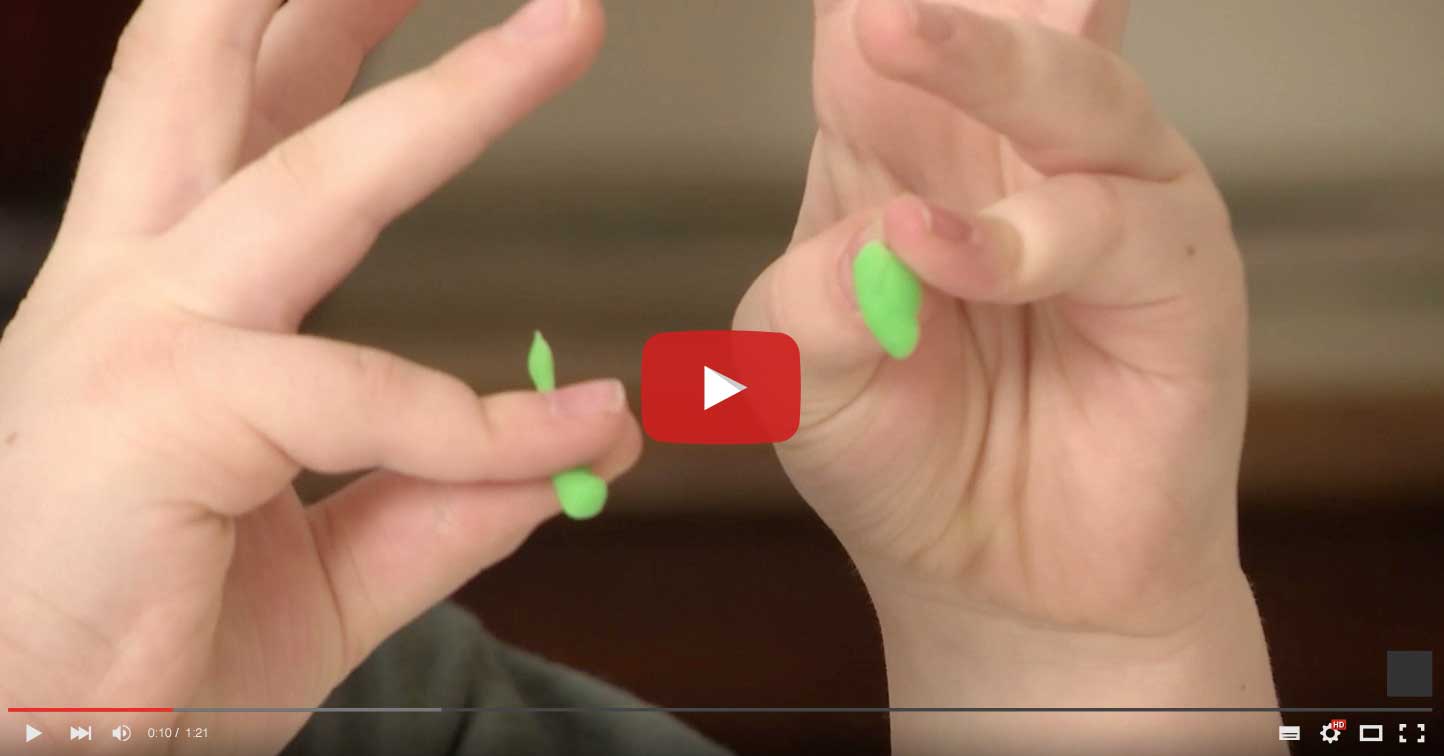
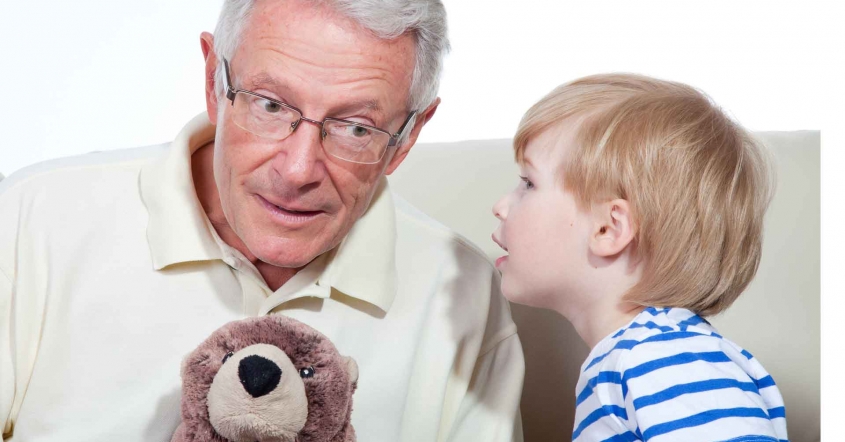
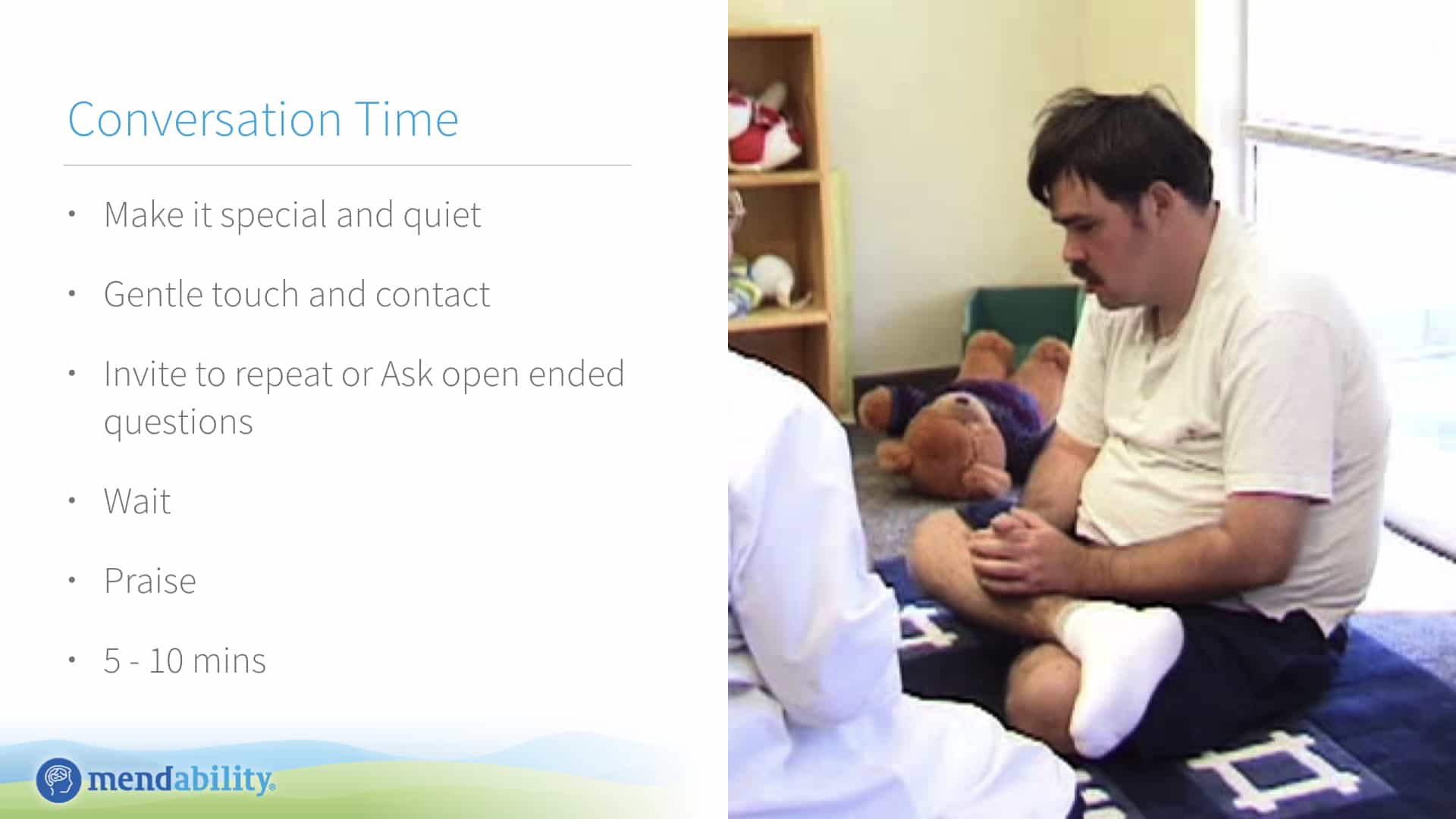
Hi,
We have started to ask more questions to our boy as we are watching TV our next step is to try and convince him to listen to us reading Harry Potter ?
I like that you have cut the text in different chapters. Sometimes when reading a text about something as serious Autism or any other subject it’s really hard to understand when it’s a lot of pages and not divided at all. English is not my first language so I like when the text is cut/divided it give my brain time to understand ?
Thank you for your kind words, Sara. I hope your son enjoys your reading. Remember that he doesn’t have to sit still next to you, but that he can be playing quietly within ear shot.